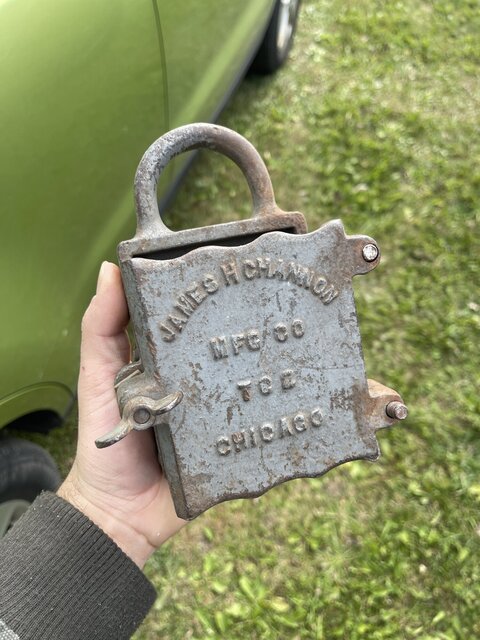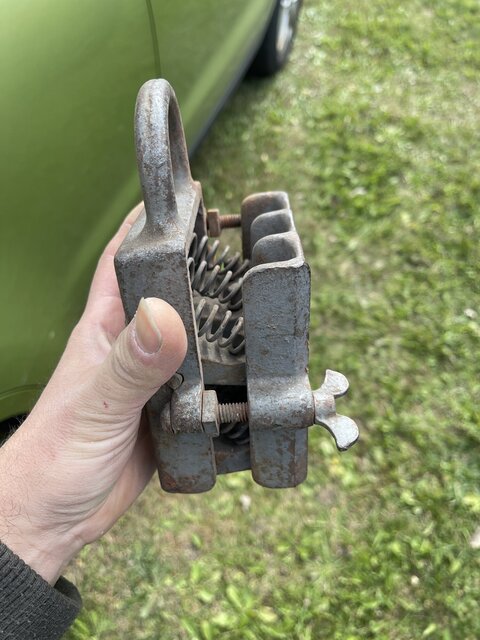The
Roller family bought JH Channon from the Winchester family in the early/mid 60's. I know little about the Winchester family except that they had owned the company since the 30's. JHC, in those days (The 30's) was more like Grainger in it's range of hardware. The one old Channon catalog I've seen from those days was a couple of inches thick with about 10 pages of
stage hardware in the middle. The
stage hardware included head and loft blocks, both upright and underhung, arbors, rope locks, tension pulleys, battens,
stage braces,
flat hardware, clout nails,
etc. When I started at Art Drapery in 1980, we still had barrels of
flat hardware that we sold sporadically. I think that my personal
stage braces are Channons.
Ferdinand
Roller bought the company in the early 60's and inserted his one son, Max, as president about 1970. Max was in installer as a teenager. Max's brother, Otto, worked in the shop and on installations. I still see his name on beams at old installations. He left his
mark. Max's son, Jeffrey, worked at Channon/Art Drapery starting in the late 70's. I don't know where he is now. Max died in '96. I assume Otto died since then.
Channon made pulleys, winches, pioneered a lot of hydraulic rigging systems (We are replacing one right now.), custom elevators like the lift/
turntable at the MGM Grand and made drapery. The Rollers also bought Art Drapery Studios in the late 60's and made ADS the installation arm of the company. ADS was sold to George Petterson, Mike Neben, Don Kelly and a silent partner in '79 and I joined the company in '80.
Under Max, Channon also made gym divider
curtains and aircraft hanger doors. (Think hanger doors that are still in use that are 180' wide and 50' tall.) They also made the spun steel blocks that we used for years. The best pulley for
stage use ever, in my opinion.
Channon also pushed
sizing hardware to the load. Hence using appropriately sized cable and sheaves to achieve 8 to 1 factors instead of using 1/4" for everything.
Max was a visionary with a very short attention span and a little nutty. But, he came up with some good stuff.
Dereck, I'm not sure I answered your question.
T




